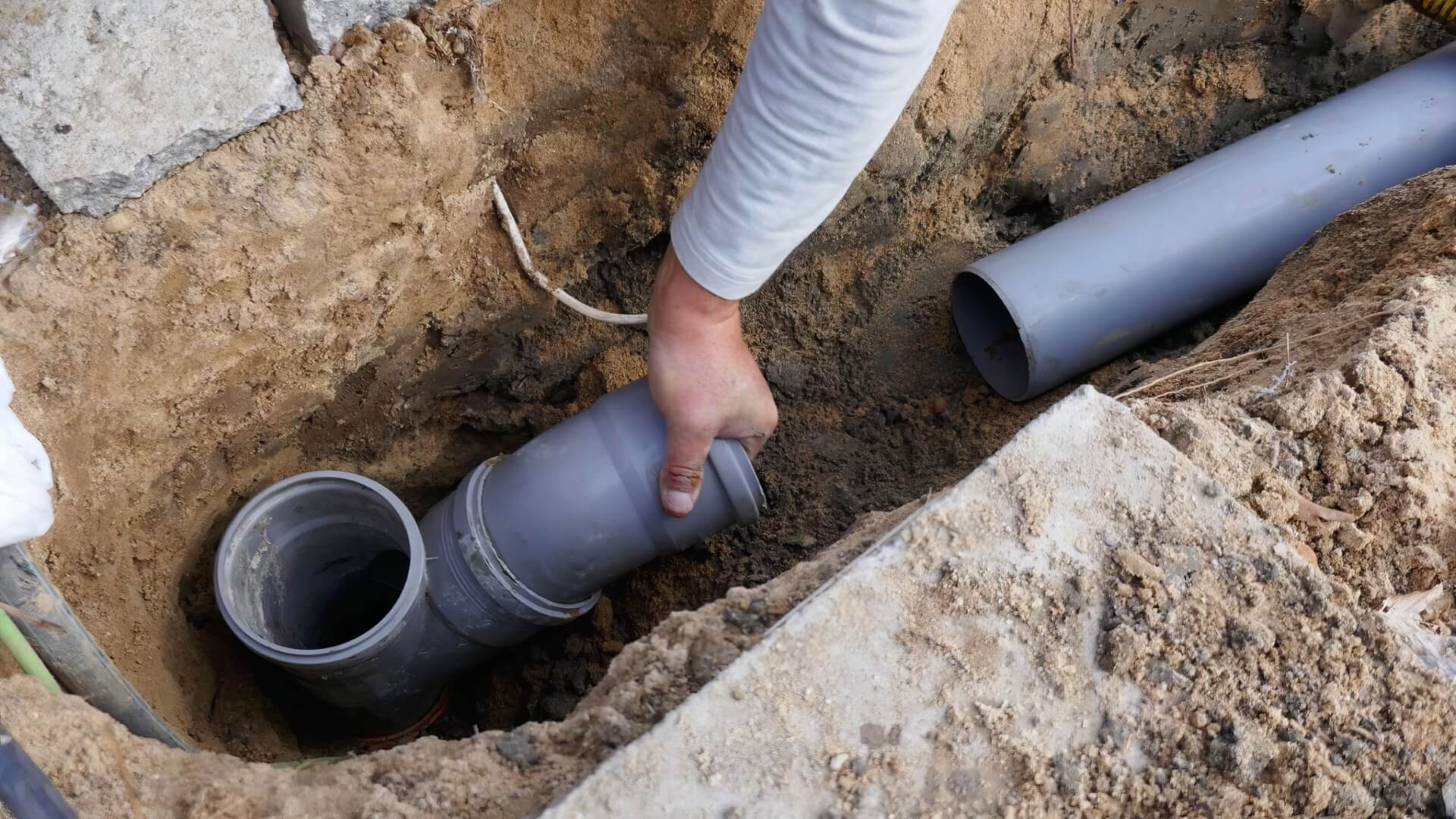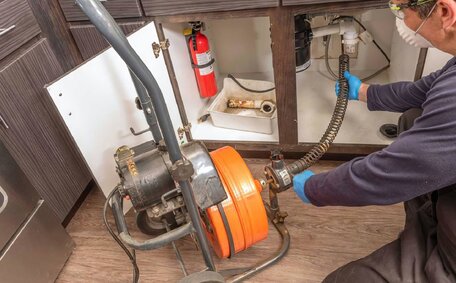Understanding Your Hot Water System
The main components to be aware of include the thermostat, circuit breaker, pilot light, and pressure relief valve. Regular maintenance, including annual tank flushing, can significantly extend the life of your hot water system.
Electric water heaters contribute to about 21% of household energy use in Australia. Understanding whether your system is electric or gas-powered is key to ensuring its efficient operation.
For consistent hot water, check that the circuit breaker is on and the thermostat and heating elements are functioning properly.
For gas hot water heaters, check that the pilot light is on, the gas valve is opened, no leaks are present, and you know where the pressure relief and drain valves are situated.
A lack of hot water, especially if your heater is over ten years old, might mean it’s time for a new unit. Consult a local licensed plumber for recommendations suitable for your home.
Checking the Fuse or Circuit Breaker
An important first step is to check whether the fuse or circuit breaker for your hot water system has tripped. The circuit breaker can often be found in your switchboard, or there may be a separate fuse box just for the hot water system.
Make certain the hot water system’s switch is in the 'On’ position. If the circuit breaker has tripped, reset it. A failure to restore power often indicates an electrical problem.
Visually inspect your water heater’s fuse/circuit breaker for any signs of damage like discoloration or a melted fuse wire. If damage is visible, replacement is needed by an electrician.
If repeatedly resetting the circuit breaker causes it to trip again, don’t attempt to continually reset it. This is a safety risk and you should contact a licenced electrician immediately for assessment and repair.
Inspecting the Heating Elements and Thermostat
When dealing with no hot water, a critical step is to inspect the heating elements and thermostat of your electric water heater.
Visually check the element tubes for leaks, corrosion, mineral deposits, or blocked drains which can cause failure or reduced efficiency.
Test the heating elements for continuity using a multimeter; if they’re faulty, you’ll need to replace the thermostat.
If there’s no continuity, the element isn’t functioning and must be replaced by a licenced electrician.
Take safety precautions when testing electrical components yourself, including wearing insulated gloves and ensuring hands are dry. If in doubt, reach out to give us a ring to professionally inspect your heating system for you, mitigating the risk of a hazardous electrical shock.
Resetting the High Temperature Cutoff Switch
Are there any high temperature cutoff switches? Yes, as a safety device, they’re installed on electric hot water systems to terminate power if the water’s heat surpasses a secure threshold, typically around 88°C. Locate the cutoff switch near the upper thermostat and check if the button has popped out or the switch has tripped to the "Off" position.
Carefully press the reset button in while making sure power is turned off hot water at the circuit breaker first. If the button springs back and trips again quickly, this usually signifies an issue like faulty thermostats or failed heating elements allowing dangerous overheating. Do not continue trying to reset the switch if this occurs.
Only attempt to reset the high temperature cutoff a couple of times and contact an electrician if it continues to trip. Persistently high heater tank temperatures must be addressed by a professional as a safety risk. Replacements may be needed to restore hot water functionality.
Resetting the switch yourself is appropriate provided you take electrical safety precautions. However extensive electrical faults causing overheating should only be diagnosed and handled by qualified personnel.
Checking the Pilot Light
Your gas water heater relies on a pilot light to ignite the burner and heat up the water. To check the pilot light, locate the small flame inside the main burner chamber. If lit, it will produce a subtle blue glow.
If the pilot light is out, turn off the gas supply valve before attempting to relight it.
Verify the hot water heater’s thermocouple and ignition electrode are clean and functional, ensuring a continuous water flow from the tank. Depress the gas control knob and hold it for 60 seconds to ignite the pilot. This allows gas to flow to the pilot assembly.
If the pilot won’t stay lit, common issues include a faulty thermocouple not holding the gas valve open, or contamination/blockages preventing gas flow within the pilot tube or orifice. Call a professional to service the water heater in this instance.
Always prioritize safety when handling gas appliances. If you smell leaking gas, hear a hissing noise or see a bubbling water leak, leave the area immediately and call your gas provider from outside. Do not turn any switches on or off inside.
Inspecting for Gas Leaks
It is crucial to regularly check your hot water system for any gas leaks as a safety precaution. Begin by sniffing around connections and joints for the sulfuric scent added to natural gas as a safety measure. Watch for signs like dirt or water coming out around pipe connections, or bubbling when soapy water is sprayed on joints.
If a leak is suspected, immediately turn off the gas supply valve and evacuate the area.
Refrain from using any electrical switches and immediately call your service provider for qualified technicians to resolve leaks.
Attempting to repair a gas leak on your own can pose serious risks and should be avoided. Gas systems are complex, and only qualified professionals should handle them. Contact a certified technician for professional assistance with gas leaks.
Examining the Gas Supply and Valve
Checking that gas is actually reaching your hot water system is an important troubleshooting step. Start by locating the gas isolation valve, usually fitted with a copper or steel pipe nearby or below the water heater.
Confirm the valve is fully open to guarantee an adequate water supply to the heater. If it is closed or partially closed, carefully turn it counterclockwise to open. Should the valve resist turning or appear damaged, avoid exerting force on it.
Ensure there are no leaks or blockages in the gas piping that could hinder supply. Monitor the gauge dials to check for indications of gas flow. Should the dials fail to show a reading, it’s possible you’re not receiving enough hot water due to gas not reaching the water heater.
Conduct a test to confirm the gas valve operates and engages appropriately, shutting off as expected when hot water taps are in use. If not responding correctly, the gas control assembly or thermocouple is likely faulty and requires professional replacement.
If gas is connected but fails to ignite or heat water, ensure the pilot light is lit. Should there be concerns, engage a licensed gasfitter to comprehensively evaluate the heater for any flow and ignition problems. They can determine where problems or blockages may exist in the gas piping or control systems.
General Troubleshooting for All Water Heater Types
There are some basic troubleshooting steps to try that apply to all types of water heaters, whether electric or gas:
- Inspect pipes and joints for leaks - visible drips or pools of water which can result in energy and cost inefficiencies.
- Drain and flush the tank annually to remove sediment, which enhances efficiency and prolongs system longevity.
- Insulate hot water pipes to prevent heat loss, thereby improving system performance.
- Keep venting clear - For gas water heaters, ensure exhaust vents and chimney flues allow proper ventilation.
- Replace anode rods every five years to prevent tank corrosion due to natural wear and tear.
Regular water heater checks can prevent small problems from becoming serious. If issues persist after troubleshooting, contact a licenced plumber for assistance.
When to Call a Professional
Do I require the expertise of a professional Drummoyne plumber for assistance? There are a few key signs that indicate it’s time to call for help with your hot water system:
- The water heater is leaking from the tank, pipes or fittings.
- If there are clear signs of electrical issues, such as frayed wires or a burnt odor from your unit.
- The high temp cutoff switch continually trips after reset attempts.
- Sediment buildup requires water heater tank draining/flushing.
- Making strange noises, dripping from pressure relief valve.
- Pilot light won’t stay lit and ignition issues persist.
Our team at Drummoyne Plumbing, serving the Hills District, is ready to help get your hot water running again. Give us call at 1300 349 338 to schedule an appointment or email [email protected].
When arranging service, provide some details about your system like age, type and any troubleshooting steps you’ve tried. Ensure clear access to the hot water unit before the plumber’s arrival by clearing any obstructions.






